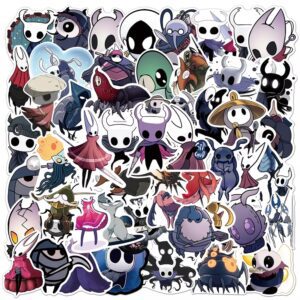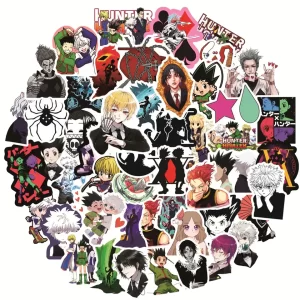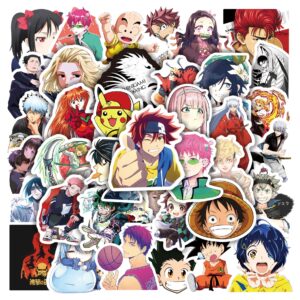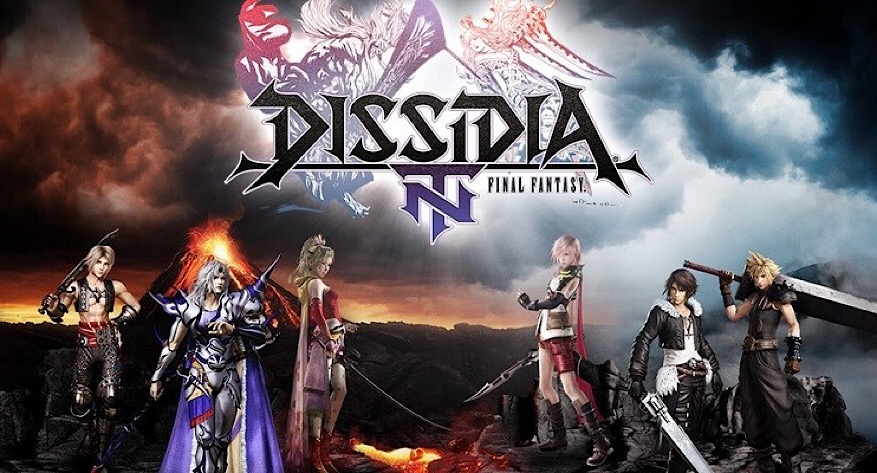
In 2008, Kingdom Hearts director Tetsua Nomura had an idea for a spin-off of his popular game. His idea was a one-on-one 3-D fighting game using his characters. During development, the characters changed to Final Fantasy characters, due to having more well known characters. The original Dissidia: Final Fantasy for the PSP was the result. Over the years, this game became successful enough to warrant a sequel. Recently, this sequel was released in the form of Dissidia Final Fantasy NT, exclusively for the PlayStation 4.
Dissidia Final Fantasy NT changes the gameplay to 3-vs-3 fights as well as a few new gameplay types, resulting in a deeper and more varied game. Unfortunately, there are several missteps that must be overlooked to reach the satisfying part of the game.
Story: Keep Grinding, Grinding, Grinding, Yeah!
For years games have struggled to find ways to integrate all of their game modes into the overarching story. Dissidia Final Fantasy NT tries its hand at finding a good answer to this perceived problem. Unfortunately, the story mode leads to a long and arduous grind. The story is split into nodes (think the system in Final Fantasy X) and players must spend “memoria” to unlock memories detailing what has happened in this realm. The nodes lead off into many tangents, allowing all of the characters to have their own arcs, unlockable in any order the player desires, which is cool. Some of these nodes contain cutscenes, while others contain battles.
Unfortunately, the memoria system is destined to be the most contentious element of the whole game. Players gain only one with each Player Level. Meaning as things progress, players will have to play more and more matches either online or off leading to a massive grind with very similar matches. In theory, this throws a story umbrella over everything that a player does, but the story is hard to care about.
The story mode is very standard. Characters from each of the numbered Final Fantasy entries, along with a couple of the spinoff entries, are all thrown into an alternate dimension. They are called by the forces of light and chaos to battle for control of this dimension. The player’s mirror in the world is Noctis from Final Fantasy XV since it seems that the other characters are returning from the original Dissidia and already have an idea what’s going on. It’s an effective, although basic, way to give players a reason to fight.
Gameplay: War Has Changed
Each battle in Dissidia Final Fantasy NT breaks down into three-vs-three battles. There are two modes to break things up: Normal and Core Battles. Core Battles are new to the series, but are just adding an objective-based twist to the core gameplay. Everything is a fast and hectic affair with special effects being a part of every attack, adding weight to every slash or spell cast and making each skirmish exciting and dangerous. There were matches that lasted several minutes or a fraction of a minute.
The first 7 Final Fantasy games have both a hero and villain to choose from, while 8 to 15 have only the main character, along with a stage set on a major area of each game (I laughed when I realized that the Final Fantasy XIII stage was just a long tunnel – that’s it). Each of these characters are placed into several classes, each with special assignments for each battle. Do you choose the tank-like Knight class, or the glass-cannon Sharpshooter class? There is plenty of experimenting in personal play style and team composition. Unfortunately, after a little experimentation the player will notice the differences are minor. Each battle does little to differentiate itself from the one before. After a while, the lack of change makes everything blend together.
The player has two different kinds of attacks at their disposal with many different mutations of the two types. The HP attack reduces the HP of a character which is necessary to defeat the enemy. The Bravery attack reduces Bravery which is a numerical representation of a character’s attack and defense – the lower the number, the weaker attacks are on others and the more powerful others’ attacks are. A strategic use of both types of attacks, along with supportive EX skills, are needed to be victorious.
Normal Battles have each team of three sharing three lives. Each defeated player reduces the count by one, and when all 3 are gone then the team loses. This is the Dissidia Final Fantasy NT version of Team Deathmatch, where strategy dictates teamwork to keep each other alive and kill the other team. This is the most basic mode in the game, and the one most players will play the most often.
Core Battles task each team with the objective of protecting a large crystal core while destroying the enemy’s. A large dome surrounds each core, keeping any damage to the core while an ally is inside. It’s a cool twist, but it can get a little frustrating without human teammates, since AI just does what it wants instead of really attacking or defending. This forces the humans to juggle both offense and defense and usually ends up in the player being spread thin over the battlefield.
Even the pre-match has a strategy to it. Before each match players vote on one of eight summons to be used before the fight. These summons are all versions of the most famous summons in Final Fantasy, like Ifrit or Alexander. The summons all have status effects and attacks that have the ability to change the tide of battle. These creatures are summoned most quickly through attacking random Summon Crystals that spawn on the map, but can also be called forth through successful attacks. There is a lot to keep track of each battle, but it quickly becomes second nature to instinctively keep track of several things at once.
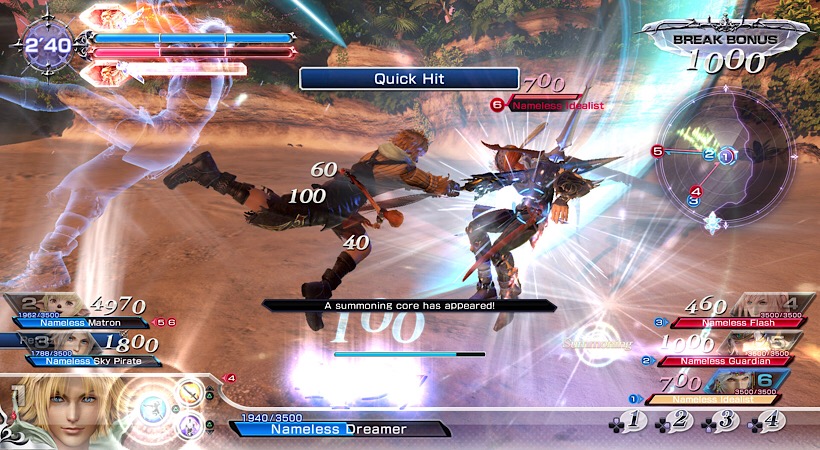
The gameplay is a beautiful and hectic affair.
On…….[searching for game]…….[searching for game]……………line
The online multiplayer is unfortunately a mess. Connecting to a game takes so much longer than it should, I don’t know if there aren’t any people playing, the servers are struggling to keep up, or there’s something else. But in an hour period if I played more than two games I saw it as a miracle. Sitting in the search queue for over 5-10 minutes at a time is disheartening. There isn’t any real way to tell if anything is happening; players just have to sit and stare at their character card sitting behind two slots saying ‘waiting for other players’.
The in-game connections are not much better. The normally fluid gameplay is replaced by a few seconds of movement followed by a freeze and then followed by the game catching up with some of the inputs (but never all) the player put in during the freeze. It’s always hit or miss whether attacks will land, or if the game will warp everybody out of position and the attack misses. Winning always seems like a dice roll. It’s frustrating and always seems like a waste of time once the player realizes that all matches play like this.
Graphics: A Bright Spot in an Otherwise Average Game
The graphics in Dissidia Final Fantasy NT are really good. Everything is smooth and has an artistic continuity. It brings all of the characters from the many different Final Fantasy art styles into a cohesive unit while simultaneously allowing the original game’s art style to shine through. Each of the playable characters are iconic enough to know what you’re dealing with during battle. Each of the environments are different enough to have a different type of strategy available, several having multiple levels of elevation for players to climb and position themselves on. All of them (except for the previously mentioned Final Fantasy XIII “Tunnel of Chaos”) are well designed and balanced well for all play styles; I never once felt overmatched because of the level I was playing.
Each attack is punctuated by a graphical effect, easily showing where the attack is most effective (for example Squall from VIII has an explosion triggered from the swing of his gun blade). This leads to a beautiful display of frantic violence that the Final Fantasy series is well known for. This is definitely another entry into the beautiful games in the series, and the frame rate stays buttery smooth through the chaos. Unfortunately the battlefield sounds are overrun by the stupid, annoying Moogle guide saying the same three lines constantly. Thank God it can be turned off.
Is This The Final Fantasy?
Dissidia Final Fantasy NT is a rather rough game. The gameplay is fun, but not varied enough to justify the insane grind that is required to see the story. The graphics are beautiful and fluid, but the online servers struggle to keep up with basic gameplay. Eventually everything seems to run together in a blur of routine that winds up feeling like a job more than entertainment. I know that there is an audience that will catch on and be willing to do the grind, but those people are going to be few and far between. For the average player, the end of their experience will be over long before the final credits roll. There’s the basis for a fun budget game in here, but has been bloated to justify the full $60 price tag.
Review Summary
Dissidia Final Fantasy NT is a rather rough game. The gameplay is fun, but not varied enough to justify the insane grind that is required to see the story. For the average player, the end of their experience will be over long before the final credits roll. There’s the basis for a fun budget game in here, but has been bloated to justify the full $60 price tag.









